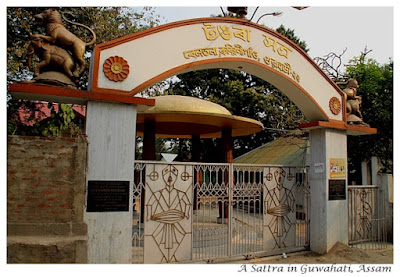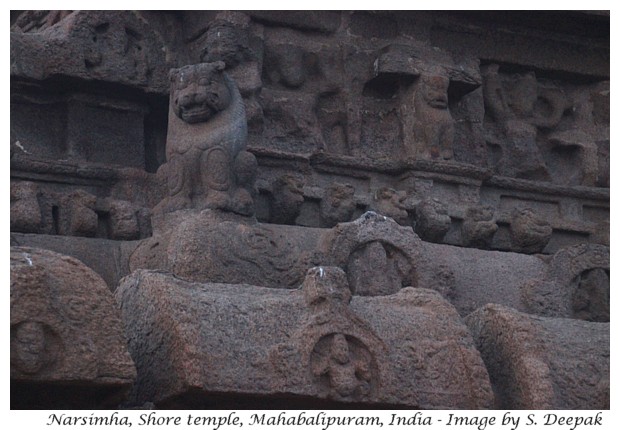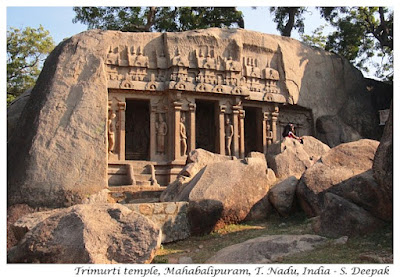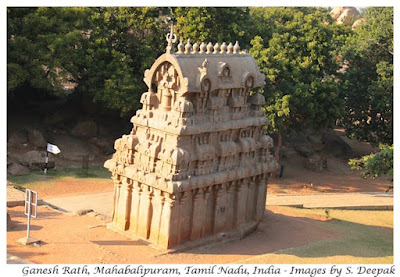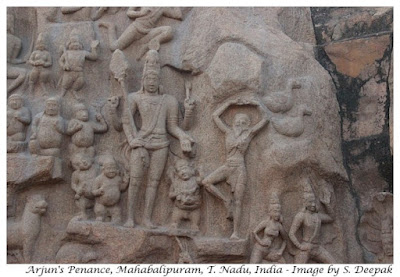From ancient times, India saw a steady stream of social reformers. These included persons like Buddha and Mahavir in the pre-Christian times. Starting from 6th century CE for more than a thousand years, India saw a number of social and religious reformers who expressed themselves in devotional poetry, often wore the saffron cloth of the renunciation, and wandered around composing and singing songs of divine love, spreading messages of human dignity and equality. These reformers are often called the Poet-Saints and their movement is known as Bhakti-movement (Bhakti = Devotion). (Click on the images for a bigger view)
The Religious Belief Systems in India
Like other ancient religions in the world, what is today called Hinduism, did not divide people into “believers” and non-believers”. These terms were introduced by Abrahamic religions in the middle-east, which insisted that their prophet was the only true messenger of God and only their religious path was the right way to worship.In Hinduism, there have been and there continue to be different streams of beliefs, that sometimes separate from each other, sometimes ran parallel and are sometimes mingle and conjoin. They all accept that they are flowing from the same source. On one hand, the Vedic streams of Hinduism are associated with the sacred fires of Yagna and see God as Onkar, the infinite formless consciousness that permeates all the universe. Then there are Puranic streams, with their multiplicity of gods, especially the trinity of Brahma, Vishnu and Shiva along with their respective consorts, Saraswati, Lakshmi and Parvati.
The different poet-saints of the Bhakti movement, were followers of these different streams of Hinduism. Many of them were followers of Shiva or Krishna. However, some of them also sang of the formless infinite God. Today some persons consider the followers of some poet-saints, such as those of Guru Nanak, Ravi Das and Kabir, as specific and separate religions. In my opinion, such considerations are influenced by the Western thinking, which is reductionist (looks at bits and pieces composing something) and prefers to categorize on the basis of differences. At other times, these considerations focusing on differences are linked to political and cultural struggles of these groups. However, personally I consider them as the multiple streams of Hinduism.
Bhakti Movement and Poet Saints
The earliest recognised poet-saints of the Bhakti Movement composed and sang their prayers in Tamil language in the 6th - 7th centuries. These were the devotees of Shiva, the Nayanars. They challenged the caste system and asked for a world of love and selflessness. Then there were Alvars, devotees of Krishna, starting from the 8th century.The names and compositions of around 80 Tamil poet-saints (including both Nayanars and Alvars) are known. From Tamil areas, over the centuries this movement spread to the rest of India.
There were many women among them including Karaikkal Ammiyar, Tilakavatiyar, Andal and Madhurakavi Alvar in Tamil, Akka Mahadevi in Kannada, Gangasati in Gujarati and Meerabai in Rajasthani, who gave a message about the dignity and equality of women.
In north-west India, the Bhakti movement coincided with the arrival of different Muslim dynasties. It influenced them as well, giving rise to some Muslim poet-saints who followed the Bhakti tradition (Ras Khan and Rahim Das). It also influenced the wider Muslim community, especially through its interactions with the Sufi traditions.
Chronology of Indian Saint Poets After 1000 CE
A chronological-geographic analysis of the most well-known poet saints of India after 1000 CE shows the following names:13th – 14th century: Namdev and Gyaneshwar in Marathi; Gangasati and Narsi Bhagat in Gujarati; and Ramananda in Hindi
14th – 15th century: Bhagat Pipa in Rajasthani; Guru Nanak in Punjabi; Purandhar in Kannada; Ravi Das and Kabir Das in Hindi
15th – 16th century: Chaitanya Mahaprabhu in Bengali; Shrimanta Shankerdev in Assamese; Vallabhacharya in Telugu and Hindi; and Meera Bai in Rajasthani.
16th – 17th century: Kanakdas in Kannada; Eknath and Tukaram in Marathi; and, Ras Khan and Rahim (Abdul Rahim) in Hindi
17th – 18th century: Vijay Das in Kannada; and Ram Prasad Sen in Bengali.
Poets in the above list classified under "Hindi language", include those who used its regional variants such as Braj bhasha, Khari boli, Avadhi and Maithili.
Kannada Poet Saint Basavanna or Basveshwara
12th century Kannada poet-saint Basava, commonly called Basavanna or Basavanneshwara, composed songs known as Vachanas, filled with devotion for Shiva, which spoke against caste and gender discriminations. He was a minister in the Kalachuri dynasty of Kalyani. His followers are known as Lingayat or Virashaiva.Along with other Kannada poet-saints including Allama Prabhu and Akka Mahadevi, he established a prayer and discussion centre called Anubhava Mantapa (in the image below), where both men and women of different castes were welcome to participate in philosophical and religious discussions.
Assamese Poet-Saint Srimanta Sankardev
His impact on Assamese society continues to be very important. Different Sattras are spread all over the state, the most important being those in Majuli island. (In the image below, a Satra in Guwahati)
To Conclude
Many of them were devotees of Shiva, a God associated with detachment, destruction and rebirth, and characterized by the ashes of cemeteries, snakes and a rag-tag group of followers including those who drink alcohol and use ganja or other drugs. Some Shiva stories also include bhoot-pichash (ghosts and demons) among his followers.
Others were devotees of Krishna, a God associated with the sermon of Bhagvad Geeta and also with the escapades of a naughty cowherd’s boy, known for his love for Radha.
I think that by choosing Shiva and Krishna as their personal gods, the poet-saints were moving away from the Rules and Obedience-based ideals of the Indian society, and promoting a more just and inclusive social system. They were also asking for more humane figures of gods, that were more accessible to people compared to the formless and infinite God of Vedas. (In the image below, a bass-relief of Shiva and Krishna from Shankerdev Kalakshetra in Guwahati)
Today we live in a different world. Though the Baul singers of Bengal and Assam can be seen as a part of the on-going tradition of poet-saints, they are more community-based, their names are not so well-known and their social impact is much smaller. However, in future the rise of the YouTube culture may spring surprises with new social-media poet-saints who are recognised in different regions and can spread the message of an equal, just and inclusive society -for transforming India. At least, I hope so!





